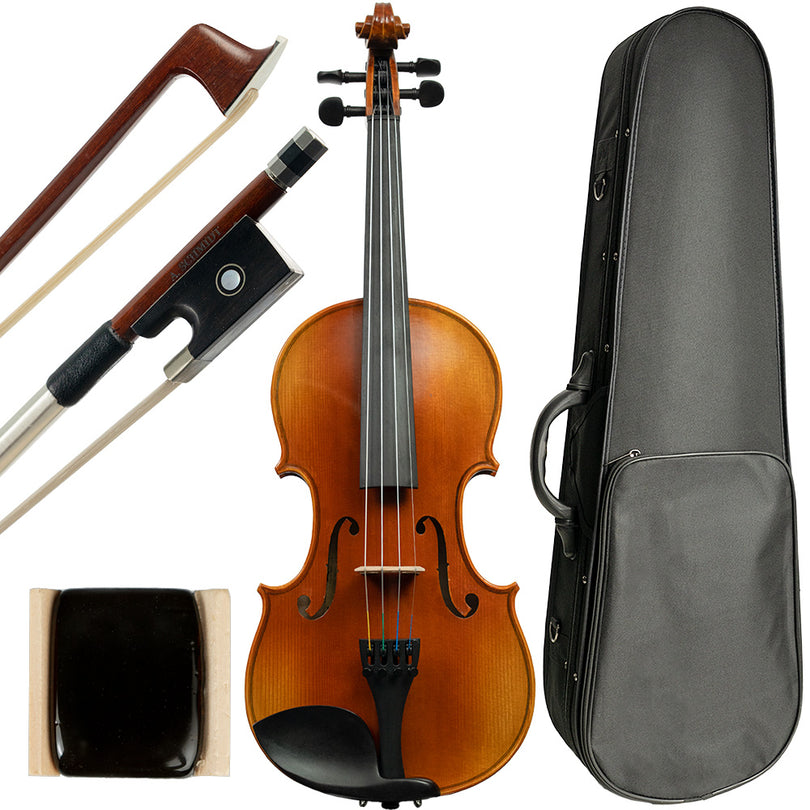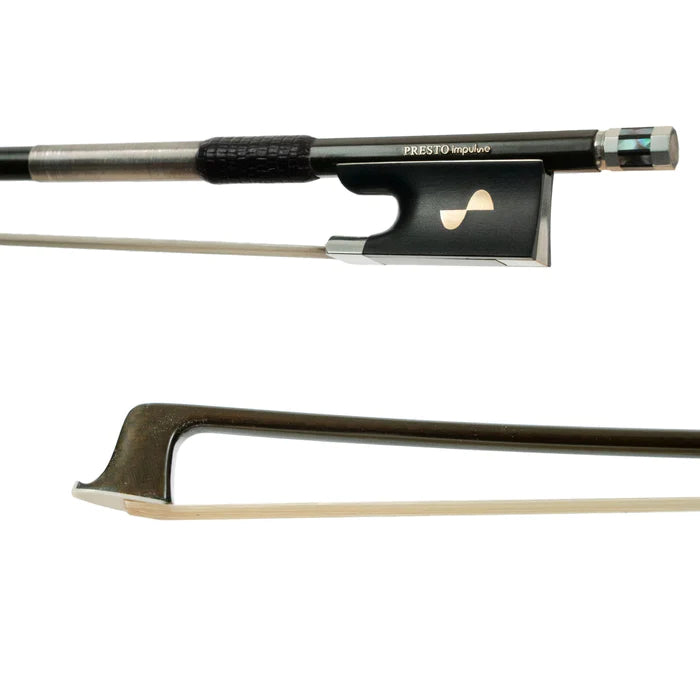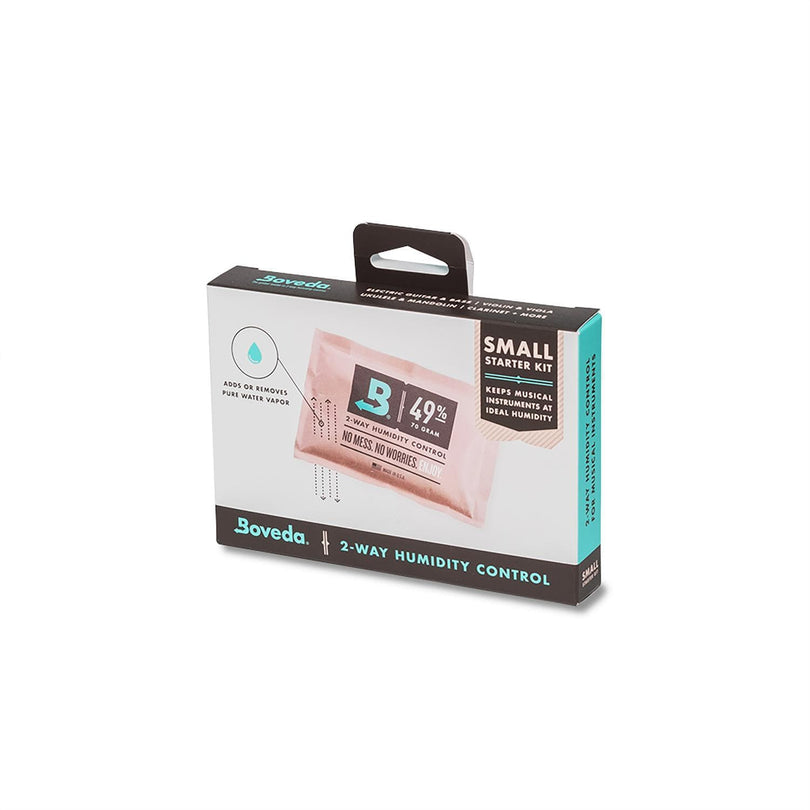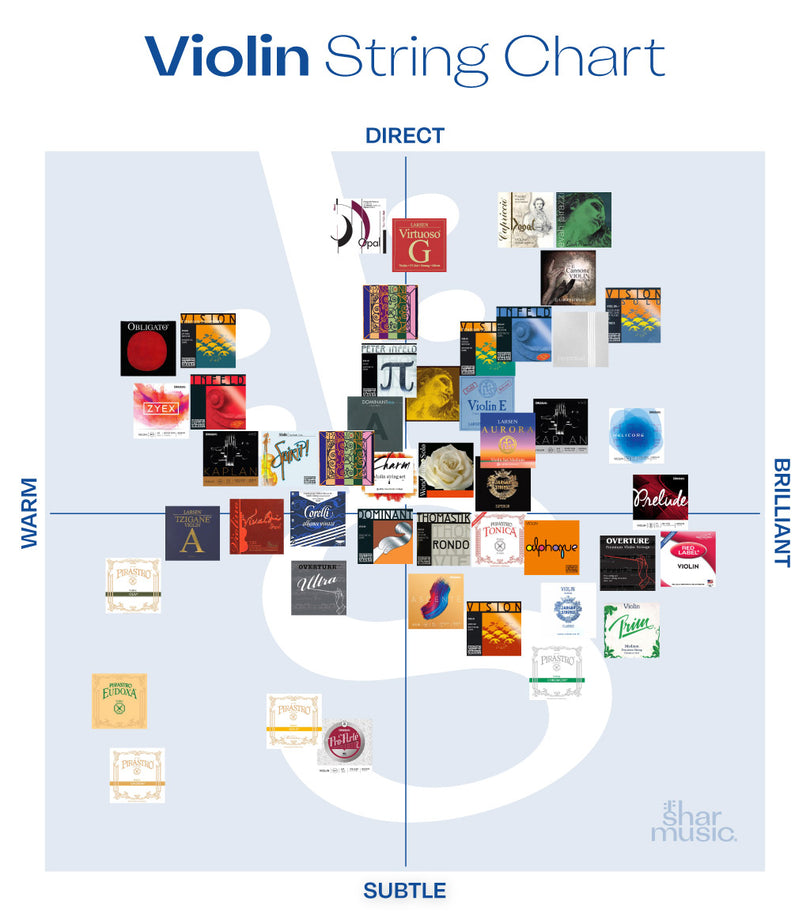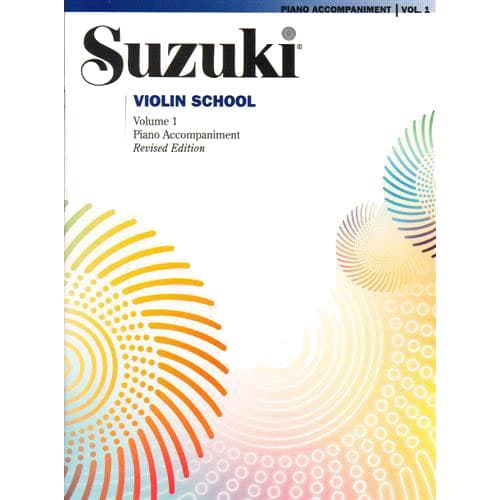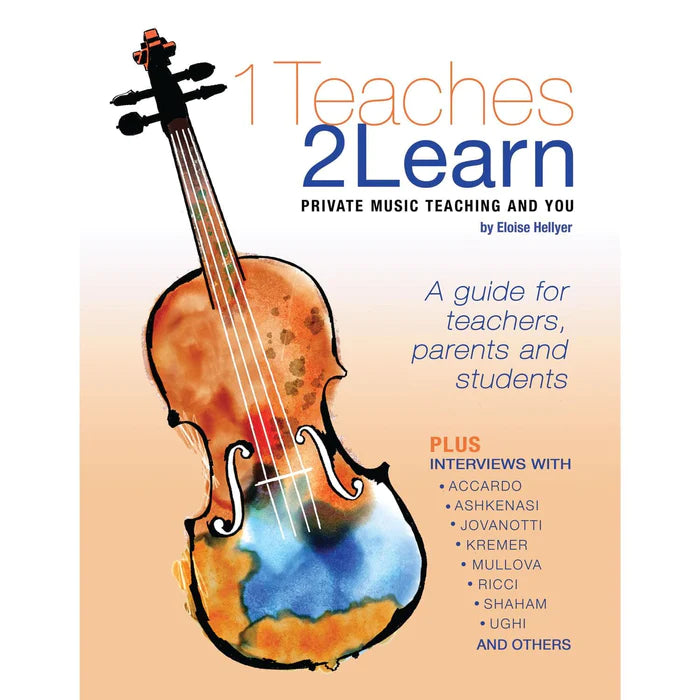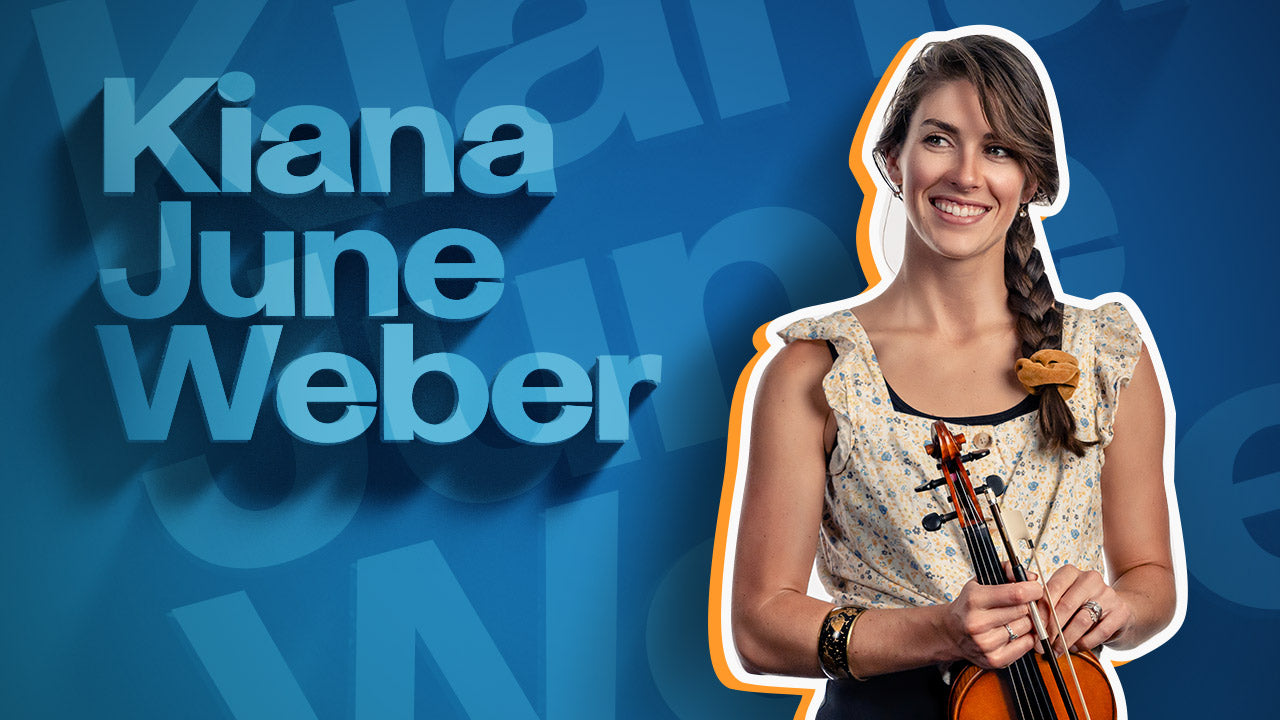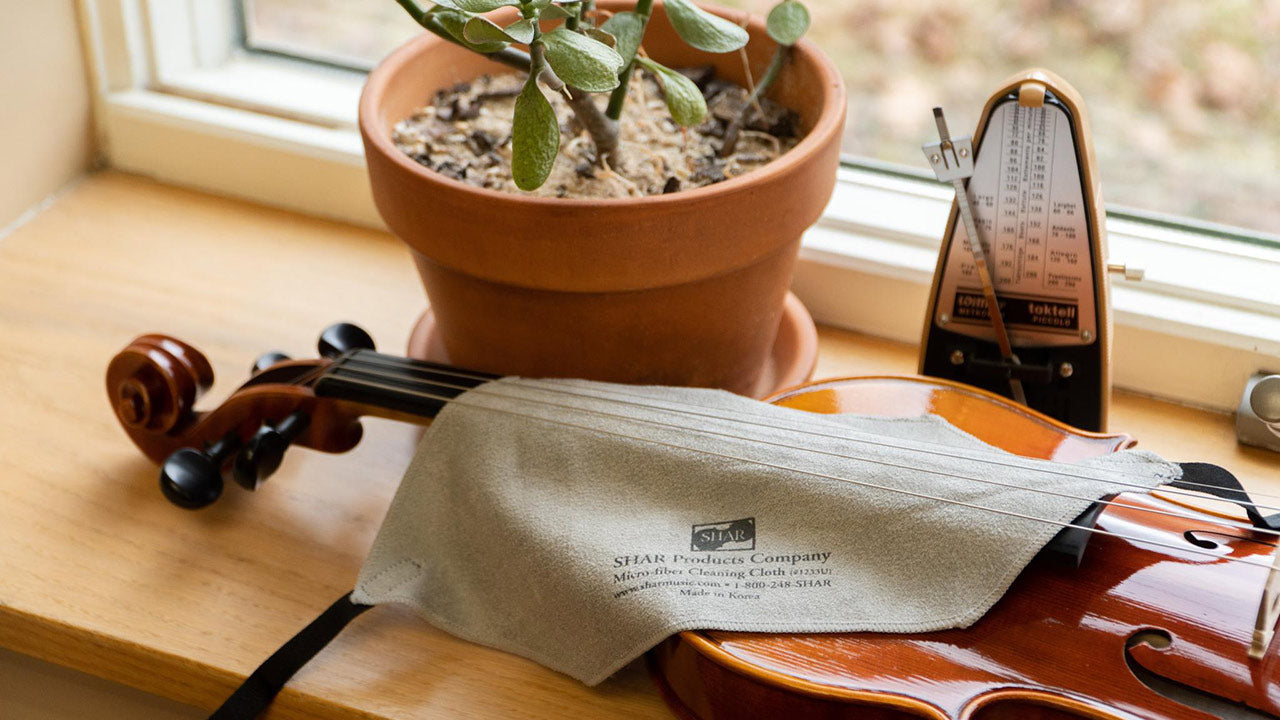On a rainy July morning, the sound of a wooden stake splintering against metal armor rings through the air. The cacophony of barking corgis mixes with the cheers of the crowd as horses thunder around a muddy jousting arena, circling back around so their knights can make another pass at each other with a fresh lance. Amidst this chaos, the Saline Fiddlers Philharmonic is on the Red Dragon stage a few yards away, setting up their equipment while a patient gathering of spectators wait beneath umbrellas. Guitarists click at amplifiers while violinists and a mandolin player haul cords deftly into place, testing microphones as they go. Dressed primly in matching burgundy and red uniforms, complete with a black velvet hat, the fiddlers look as if they belong in a festival setting. Despite the rain, they are all smiles, excitement, and bounce, even as they do a few last-minute applications of rosin, tuning, and sound checking. The Mayor of Saline took the stage unexpectedly before they were meant to go on, and accidentally cut thirty minutes out of their soundcheck in his enthusiasm. Still, the Fiddlers remain determined to put on a good show.

The Saline Celtic Festival is held every year, though 2023 marks the first time it has been held at the Washtenaw County Fairgrounds a few miles outside the city proper. It has grown over the years and is a point of pride in the Ann Arbor/Saline community; for two days in the first week of July, those with a Celtic heritage from all over the country converge on this spot to watch demonstrations of the Highland Games, Jousting, sword making, dance classes, and—for the first time this year—Corgi Dog Racing. What remains consistent with the Celtic Festival, however, is music. Scottish bagpipes, Irish fiddle, and Welsh folk music can be heard from just about every corner of the fairgrounds, echoing from various stages and the Bluetooth speakers of several vendors setting up shop.
For the Saline Fiddlers Philharmonic, this festival is an annual stop on their cross-country summer tour. Before they arrived, they had already visited Ohiopyle State Park, Capitol Hill, Del Ray in Alexandria, Virginia, and West Virginia. This year’s tour was themed “The Country Road Tour” with stops taking the fiddlers to Appalachia to experience the places where the music they play originated. And yes, of course, they play John Denver’s “Country Roads” at every gig to celebrate.

Since 1994, the Saline Fiddlers Philharmonic has provided high school orchestra students the chance to develop their skills as musicians and travel the country. The Fiddlers on tour range from freshman in high school to recently graduated seniors and emphasize interactions with the community. These interactions always include live music, dance performances, singing, and consciousness raising about the joy of music. With a hearty setlist featuring classics from American folk, blue grass, jazz, Western swing, and of course, Celtic traditional music, one can expect a full range of experiences, rain or shine.
After a rousing set, followed by an encore, two of the Fiddlers—Cellist Cami Casedy and violinist and Artistic Director Sarah Vaujin—joined me for an interview to ask them about their experiences as players, what they find rewarding about traveling as musicians, and what the future holds for them as players. The rain had cleared, and the sun shined, which gave us the chance to find a nice place for a chat, huddled in a corner while horses and highland cows trotted around in the stables not too far away.
Thanks so much for taking the chance to speak to me today! Y’all had a wonderful set. Please tell us about yourself.
Cami Casedy: I’m 18 and I play the cello. I also have a leadership role in the group.
Sarah Vaujin: I am the Artistic Director for the Philharmonic and I have been working with the groups in Saline for eight years. I play the violin.
What is your favorite or most rewarding experience you’ve had playing with the group?
Cami: There have been so many, but I remember once we played in a really tiny town and didn’t know what to expect. I didn’t know who was going to be there, if anyone was coming, and I was nervous. But we started playing and it seemed like the whole town showed up. Little kids started dancing and it was so sweet. Seeing kids and interacting with us and having them listen to the music is one of my favorite things, too.
Sarah: My Proud-Momma moment was when we were all at [historical home] Hale House and I watched Cami lead everyone into creating a new song for the group. This is a song we’ve now added to our usual set. It started during our free play/practice time, and it made me so proud to see Cami take the lead and make [songwriting] her own.
What are your musical inspirations? Who are your favorite groups or artists?
Cami: Fiddle and Celtic music for sure. I love [cellist] Natalie Haas, and everything she’s done. I also really like [fiddler] Jeremy Kittel.
Sarah: I love Jeremy Kittel too.
Cami: He’s from Saline and he used to be in the Fiddlers a long time ago. He’s been Grammy Nominated and everything.
[Sarah has actually played and worked with Jeremy Kittle, as well as Fiddler Hanneke Cassel and Cellist Mike Block]
The Philharmonic has been going since 1994—what is the secret to longevity for a group like this? What makes being a fiddler in this particular group so special?
Cami: I started playing in fifth grade orchestra, and I was in the Saline High School Orchestra. I actually saw Sarah performing when the Fiddlers came to our elementary school and I liked her a lot. I knew I wanted to audition for them in high school. They’ve always been around for me. They’re well-known in our town and they are an inspiration to a lot of kids.
Sarah: Community. The kids are the biggest part—they put in the time to practice, play, and travel. The parents too, because they organize merch, social media, and a lot of other stuff. I think the audience might not realize the Fiddlers do so much and have so much responsibility as part of this group. They do their own set-up and tear-down. They do their own sound checks. They interact with the audience and draw them in. That’s such a great thing to see. That’s why we’ve been around for almost thirty years!
Do you plan on studying music in college or becoming a professional musician or teacher?
Cami: I am going to Northern Michigan University in the Fall and I’m actually going to major in Speech Language Pathology. I do want to keep involved with local orchestras, though.
Sarah: I’m studying music education at Eastern Michigan University right now! I have been involved with a lot of local music organizations, including the Fiddlers.
What are your thoughts on traditional violin and string instrument teaching and how do you foster the tradition in the training of students?
Cami: The good thing about the Fiddlers is that all of us are learning already [in the Saline High School Orchestra] so Sarah is free to teach us a lot of different things. For me, a positive attitude is important to being a teacher and teaching us how to take ownership of the group, give us confidence and ownership of the music we learn to play.
Sarah: In Saline, they start early with fifth grade orchestra, so they know a lot about playing when they audition for the Fiddlers. My personal teaching philosophy is to make it fun. We play a lot of different types of games to foster learning music theory, for example. Trivia nights are great for that. I think you have to look at teaching as an open concept—you and your students have to enjoy being here.
What is the biggest challenge facing you as a musician and a student?
Cami: I think it’s the timing of everything. Summer is easier, but a lot of the booking and touring is reserved for the management team, so the players have to schedule things like sports, school, studying, and practice around the tour dates. That can be really challenging.
Sarah: It’s also challenging for the parents, too, because they wear a lot of different hats. They help sell tickets, merchandise, and of course they help with transportation.
What advice do you have for young players who want to audition to become part of the Saline Fiddlers?
Cami: Practice! But also don’t be afraid to reach out to us. Come to our rehearsals, come to gigs, see us perform. Get an idea for who we are that way. We’re always looking for people to get involved, so come talk to us!
What are you most proud of as a musician so far?
Cami: How much I’ve grown. I was super shy as a freshman. I barely said 100 words to anyone. But now I’m in a leadership role, and I’m able to interact with a lot of different people, talk to the crowd. It’s really cool. I’m very proud of that.
Sarah: For me, it’s seeing all of them grow like that. I started with the Fiddlers in 2009 and I was also super shy. I did not talk. At all. I had stage fright, so much anxiety. And now here I am! I’m the Art Director, a teacher. I wouldn’t have expected that back then. And that’s something I see with the players too. By the end of their experience the kids grow so much as people and as musicians. Just being on tour, some of them have never left their hometowns. Recently we were in Ohiopyle State Park and there was a student who had never seen a waterfall in-person before. We got to tour the Capitol Building. It’s just such a unique experience, and it’s wonderful to see [the kids] grow.
What is your favorite song or piece to play, and what is one you dream of learning to play?
Cami: I really enjoy playing “Hale House.” It’s fun to introduce the crowd to a new song we’ve written. I’d love to learn how to play more of the Scottish style, like what Natalie Haas plays. And D is for Pitnacree. That’s challenging and fun!
Sarah: Buffalo Gals is always a crowd favorite, especially because it involves dancing. When we had a show at the Saline Library, we offered a workshop where we taught people how to do the Buffalo Gals step dance. It was such a great time. I think doing more community outreach like that is absolutely in our future.

Cami prefers to use Evah Pirazzi strings for control over the dynamic range she plays in.
You can follow the Saline Fiddlers on Facebook and Instagram, and check out their schedule here. Have you seen them play? Were you at the Celtic Festival? Let us know in the comments!

